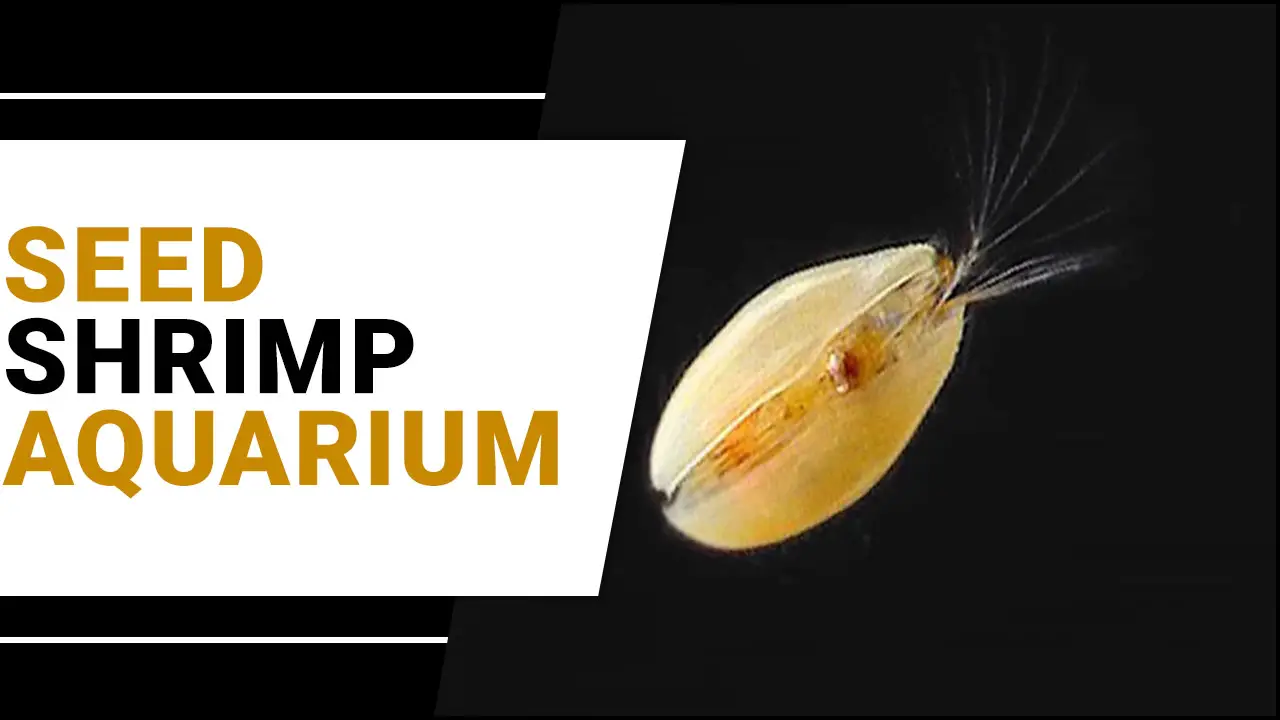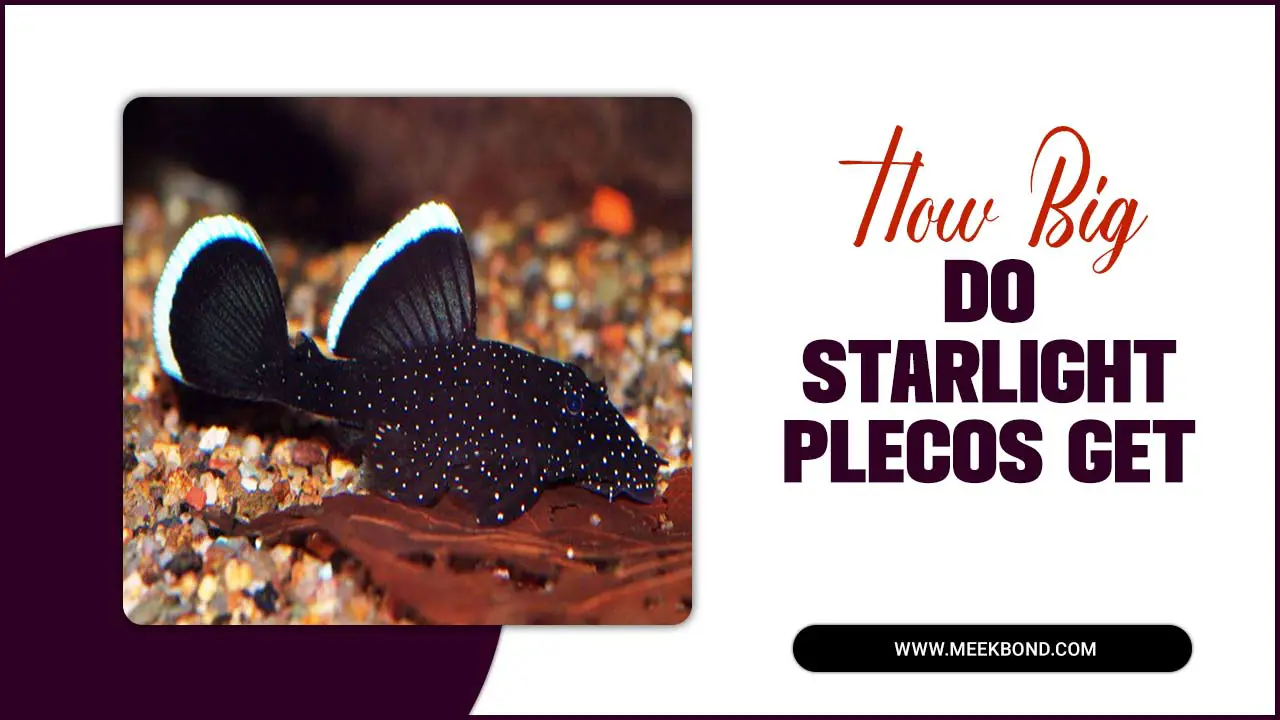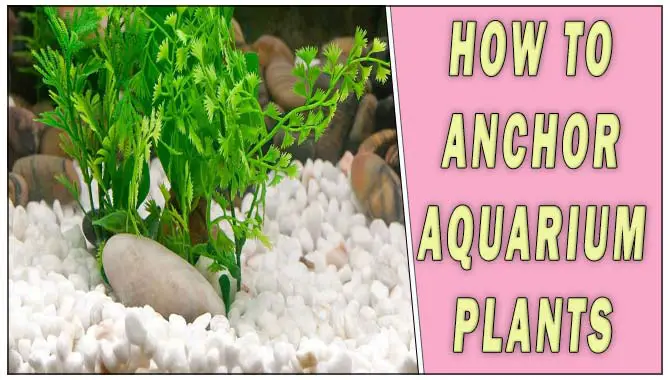=Swamp guppy are tiny freshwater fish inhabiting the swamps, ponds, and streams of North and Central America. These small but mighty creatures are often dismissed as insignificant, but they are actually incredibly diverse and fascinating to study.
Here we will delve into the world of swamp guppies and explore their unique characteristics, behaviors, and ecological roles. We will discuss the various species of swamp guppies, their physical features, and their adaptations to aquatic environments.
Additionally, we will examine their reproduction strategies, social behaviors, and interactions with other aquatic species. Furthermore, we will highlight the important role of swamp guppies in the ecosystem, such as their ability to control mosquito populations and their contribution to nutrient cycling. By the end of this post, you will gain a newfound appreciation for these often-overlooked fish and their importance in our natural world.
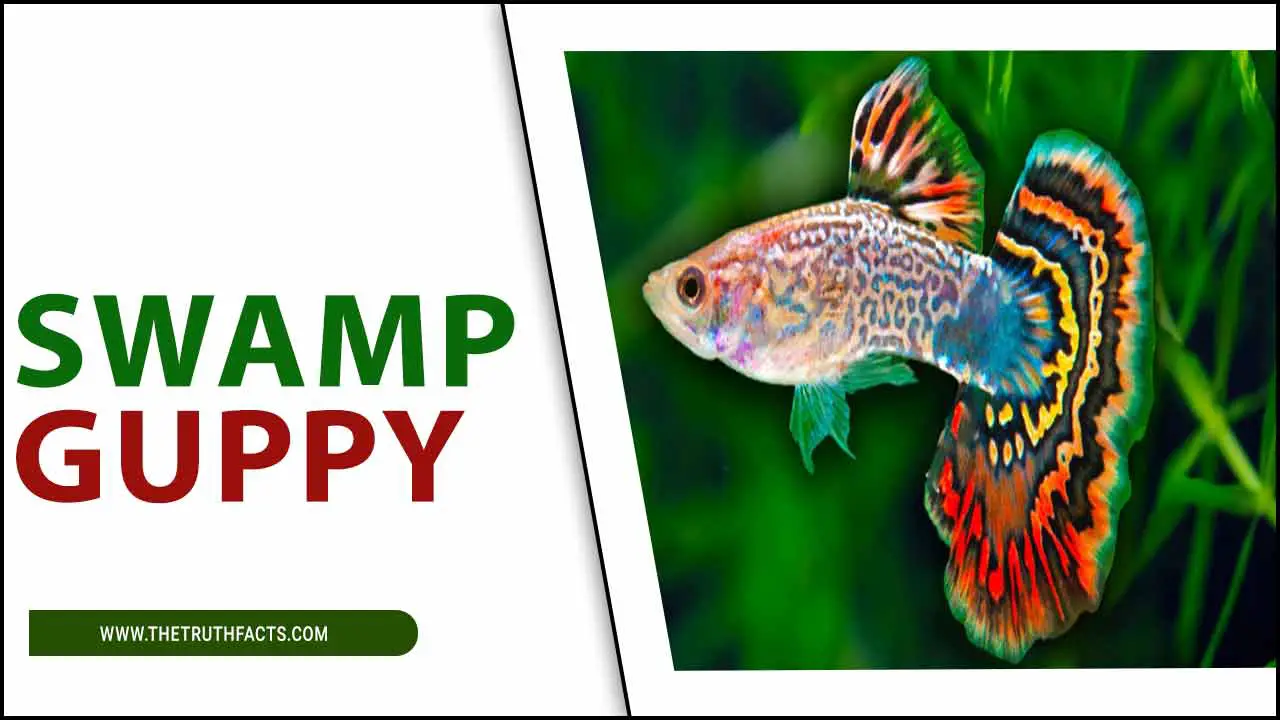
About Guppy Breed Characteristics
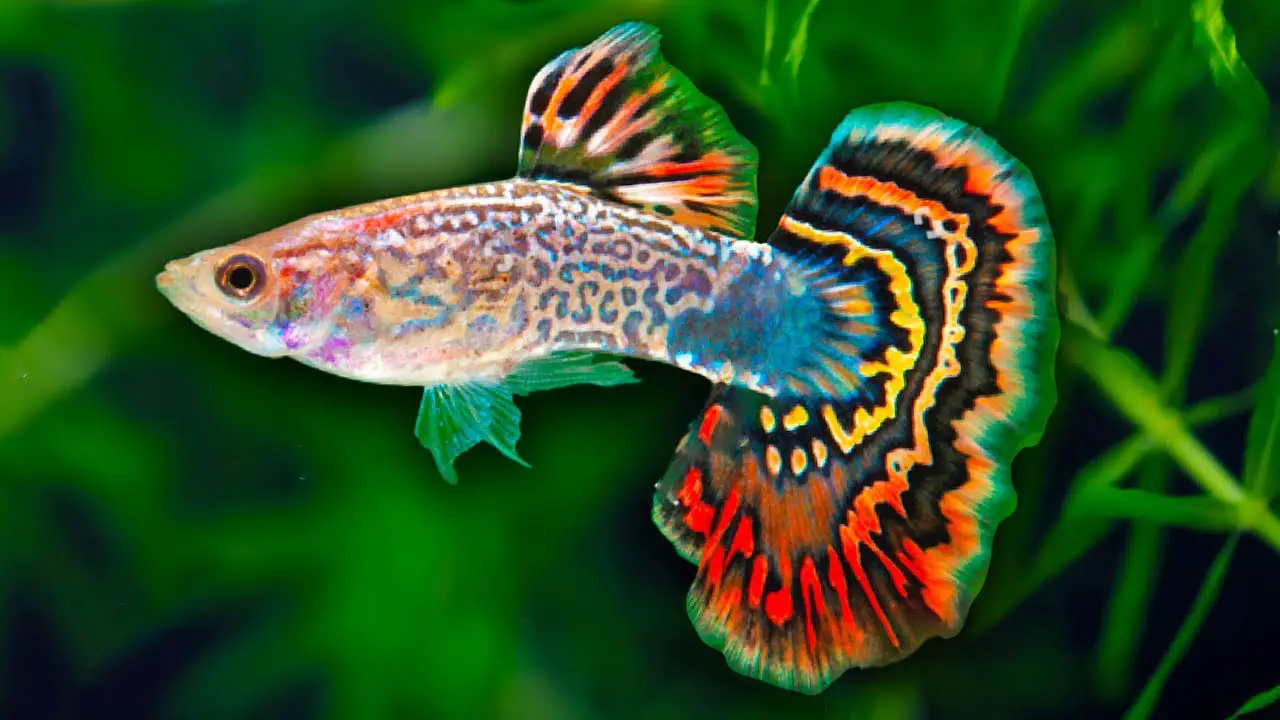
The swamp guppy, also known as Poecilia reticulata, is a small freshwater fish that is native to the swamps and streams of South America. It is popular for aquarium enthusiasts due to its vibrant colors and hardy nature. The swamp guppy typically grows to about 1-2 inches in length and has a lifespan of around 2-3 years.
They are popular for their ability to adapt to a wide range of water conditions, making them relatively easy to care for. In terms of appearance, the swamp guppy has a slender body with a pointed nose and rounded tail. They come in various colors, including red, orange, yellow, blue, and green. These colorful fish are also popular for their distinctive patterns, such as spots or stripes, which add to their overall charm. The swamp guppy is a fascinating and beautiful addition to any aquarium.
Guppy Behaviors
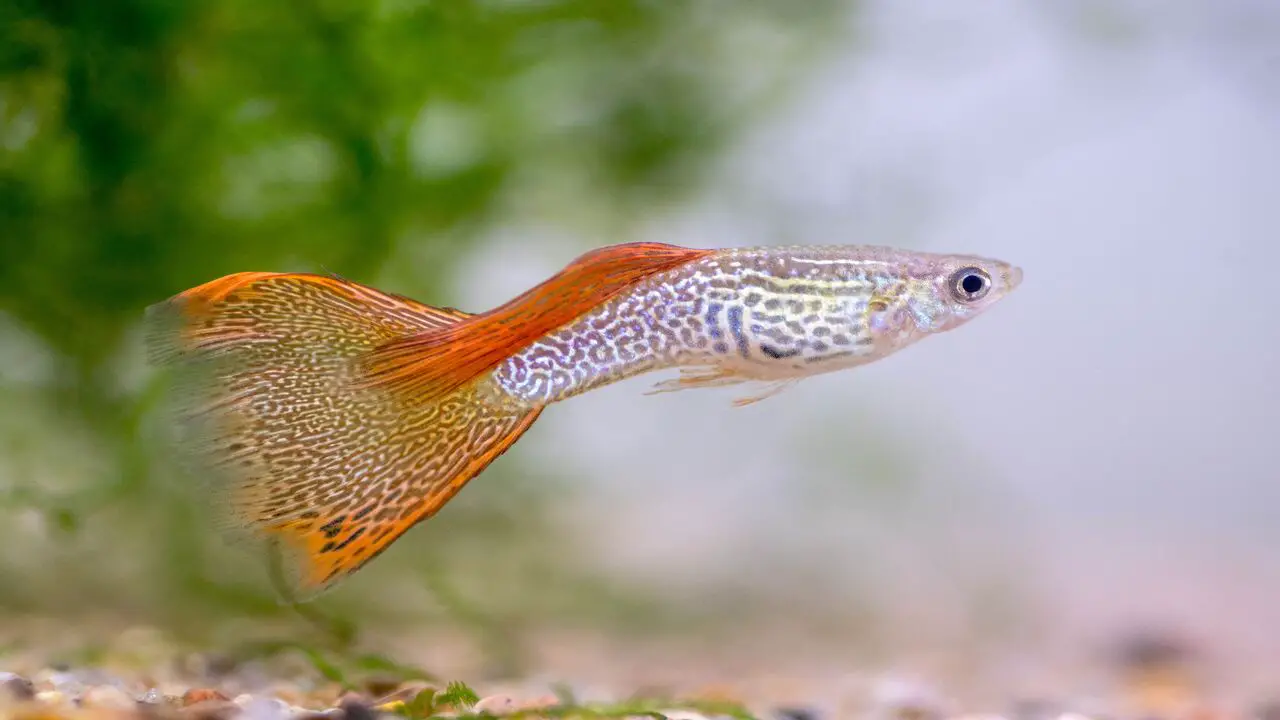
Swamp guppies exhibit several exciting behaviors unique to their species. These small fish can survive in highly variable and challenging environments, such as temporary pools and swamps. One of their most fascinating behaviors is their ability to breathe air using a specialized labyrinth organ. This adaptation allows them to extract oxygen from the air when water levels become low or stagnant, ensuring survival in oxygen-deprived conditions.
Additionally, swamp guppies have been observed exhibiting unique reproductive strategies. They are one of the few known self-fertilizing vertebrate species, meaning females can reproduce without needing a male partner. This adaptation enables them to colonize new habitats quickly and efficiently. Overall, the behaviors displayed by swamp guppies showcase their remarkable ability to adapt and thrive in challenging environments.
Ecological Roles
Swamp guppies play important ecological roles in their native habitats. These small fish are often common in wetland areas and are familiar for tolerating low oxygen levels and variable water conditions. Swamp guppies feed on various insects, small aquatic invertebrates, and plant matter, helping to control populations of these organisms within their ecosystems.
They also serve as a food source for larger predatory fish and birds, contributing to the overall biodiversity of the wetland ecosystem. Additionally, swamp guppies have been studied for their ability to adapt to environmental changes, making them valuable indicators of ecosystem health. These tiny fish play a crucial role in maintaining the balance and functioning of wetland ecosystems.
How To Take Care Of A Swamp Guppy
The swamp guppy is a small, adaptable fish species found in brackish water habitats, particularly in mangrove swamps. It has unique characteristics, such as the ability to switch sexes and self-fertilize, enabling it to reproduce without a mate. The swamp guppies exhibit remarkable resilience, surviving in fluctuating salinity levels and extreme environmental conditions.
Its ability to withstand harsh environments makes it an essential model organism in scientific research. This species plays a crucial role in understanding evolutionary biology, reproductive strategies, and the effects of environmental changes on aquatic life.
Setting Up The Ideal Tank Environment
Setting up the ideal tank environment is crucial for the health and well-being of your aquatic pets. To begin, choosing the right tank size for your fish is essential. A larger tank will provide more room for swimming and reduce stress on the fish. Once you have the right tank size, consider the type of substrate you want to use. Gravel and sand are popular choices, but choose a substrate appropriate for your fish species. Next, select an appropriate filtration system to maintain water quality.
A filter should handle the volume of water in your tank and effectively remove waste and debris. Lighting is also important for both the fish and plants in your tank. Research the lighting needs of your specific fish and plants, and choose a lighting system that will provide the appropriate level of brightness and duration. Finally, consider adding decorations and plants to the tank to create a natural and stimulating environment for your fish.
Water Quality And Temperature
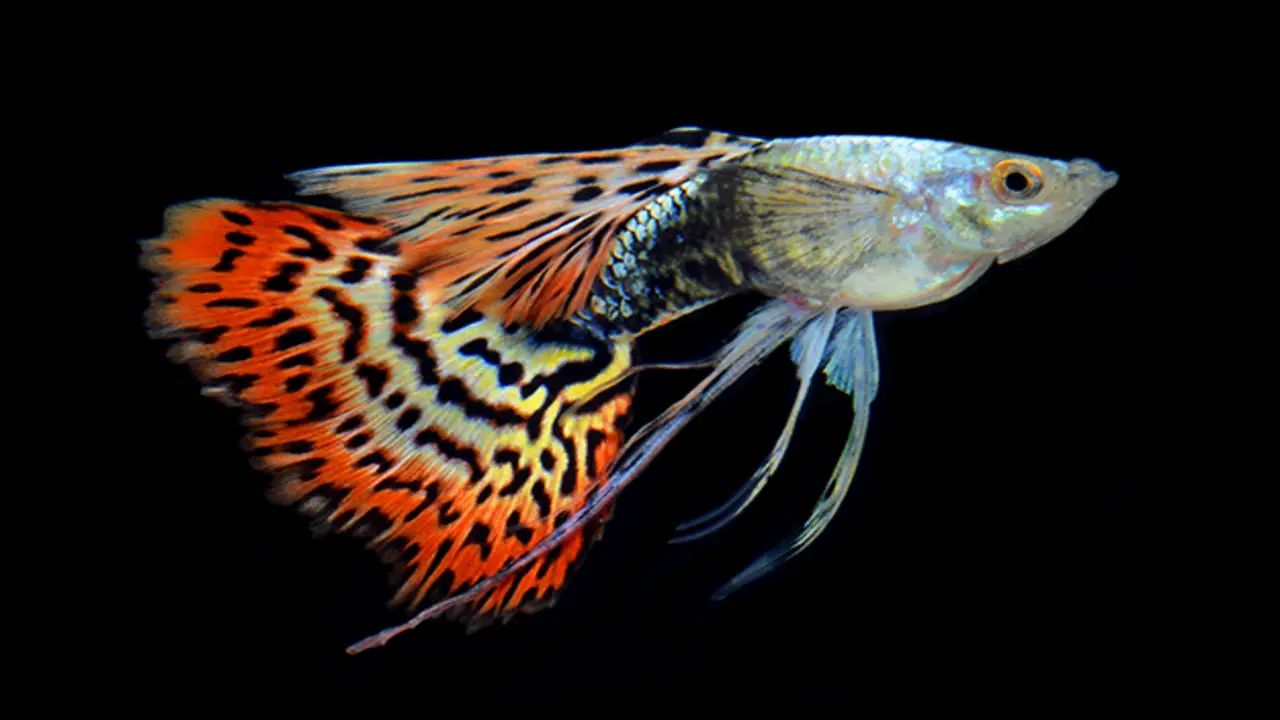
Maintaining the appropriate water quality and temperature is essential for the health and well-being of swamp guppies in an aquarium. These fish require clean water that is free from harmful chemicals, toxins, and pollutants, which can cause stress, disease, and even death. Regular water changes, filtration, and testing are critical to ensure optimal water quality.
In addition to water quality, the temperature of the aquarium also plays a crucial role in the health of swamp guppies. These fish are native to warm swamps and marshes, and thus require a consistent temperature range of 75-82°F (24-28°C) to thrive. Fluctuations in temperature can cause stress and make the fish more susceptible to disease.
It is important to monitor the temperature regularly and use a reliable heater to maintain a stable environment. Providing the appropriate water quality and temperature for swamp guppies is not only important for their survival, but also enhances their vibrant colors and overall well-being.
Cleaning The Tank
Cleaning the tank is important to maintaining a healthy environment for your aquatic pets. Regular tank cleaning can help prevent the buildup of harmful bacteria and algae, which can threaten your fish’s health. One of the first steps in cleaning the tank is removing debris or waste from the bottom. This can do using a siphon or a gravel vacuum.
Once the tank is debris-free, cleaning the sides and decorations is essential. This can do using a scrub brush or a sponge. Be sure to use a gentle, non-toxic cleaner that is safe for aquatic life. When cleaning the tank, avoiding using harsh chemicals or detergents that can harm your fish is essential. After cleaning the tank, refilling it with fresh, clean water is essential.
Feeding Your Swamp Guppy
Feeding your swamp guppy is essential for its growth and overall health. These tiny fish are omnivores, meaning they eat both plants and animals. You can provide a balanced diet by feeding them live or frozen foods and commercial fish flakes or pellets. Some of the best foods for swamp guppies include brine shrimp, bloodworms, daphnia, and spirulina. You can also offer them small pieces of fruits and vegetables like lettuce and cucumber.
Feeding your swamp guppy regularly, but not too much at once is essential. Overfeeding can lead to health problems and even death. Instead, feed them small amounts two to three times a day. Remove leftover food in the tank after five minutes to prevent it from fouling the water. Also, make sure the food is appropriate for their size. Younger guppies may need smaller pieces of food than adults.
Common Health Issues And How To Prevent Them
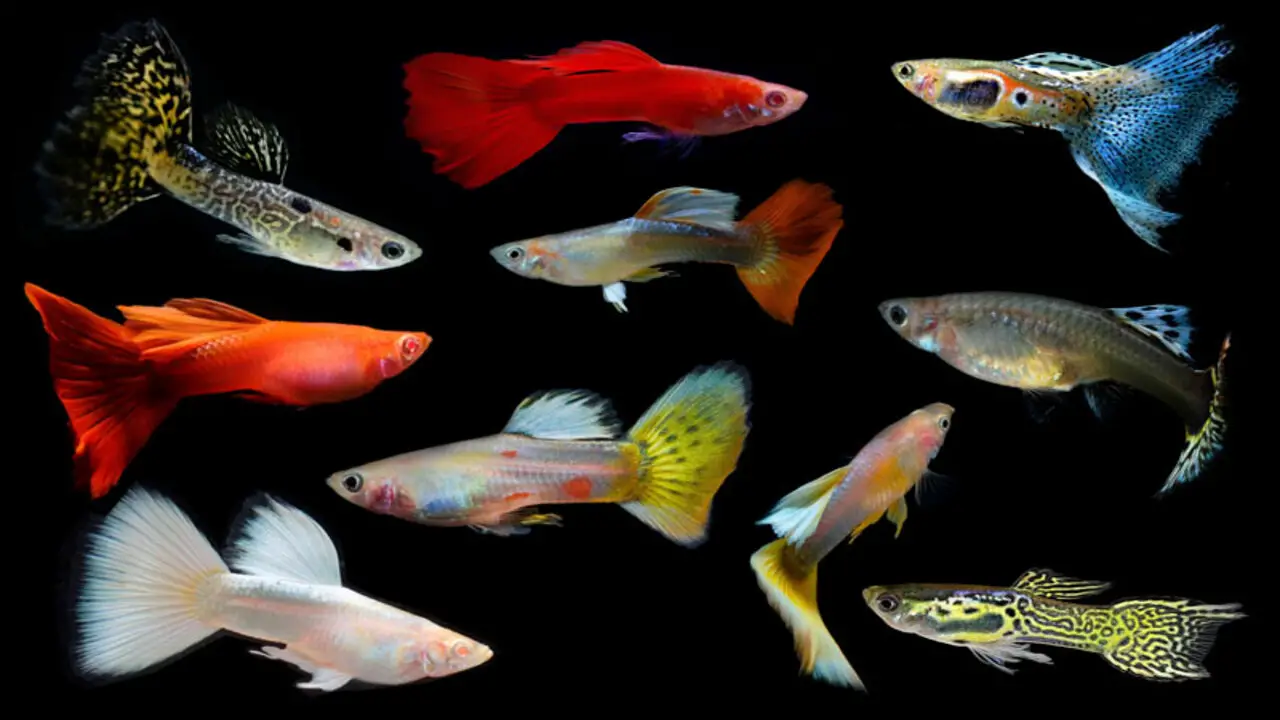
Swamp guppies are popular for aquarium enthusiasts due to their hardy nature and vibrant colors. However, like any other fish, they are prone to certain health issues that can be easily prevented with proper care and maintenance. Swamp guppies are prone to various health issues affecting their well-being and lifespan. Some of the common health problems that they may encounter include
– Swim Bladder Disorder
– Ichthyophthirius multifiliis (parasitic infection)
– Fin rot
– Fungal infections
– Dropsy (kidney failure)
– Columnaris disease
– Velvet Disease
– Tuberculosis
– Ammonia Poisoning
– Nitrite Poisoning
To prevent these health issues from occurring, it is crucial to maintain a clean and healthy aquarium environment. Proper filtration and regular water changes are important to optimal water quality. Overfeeding should also be avoided as it can accumulate waste and harmful substances that can harm the fish.
It is also recommended to quarantine newly acquired fish to prevent the introduction of any diseases to the main aquarium. A balanced and nutritious diet can help boost their immune system and reduce their disease susceptibility.
Tank Mates For Swamp Guppies
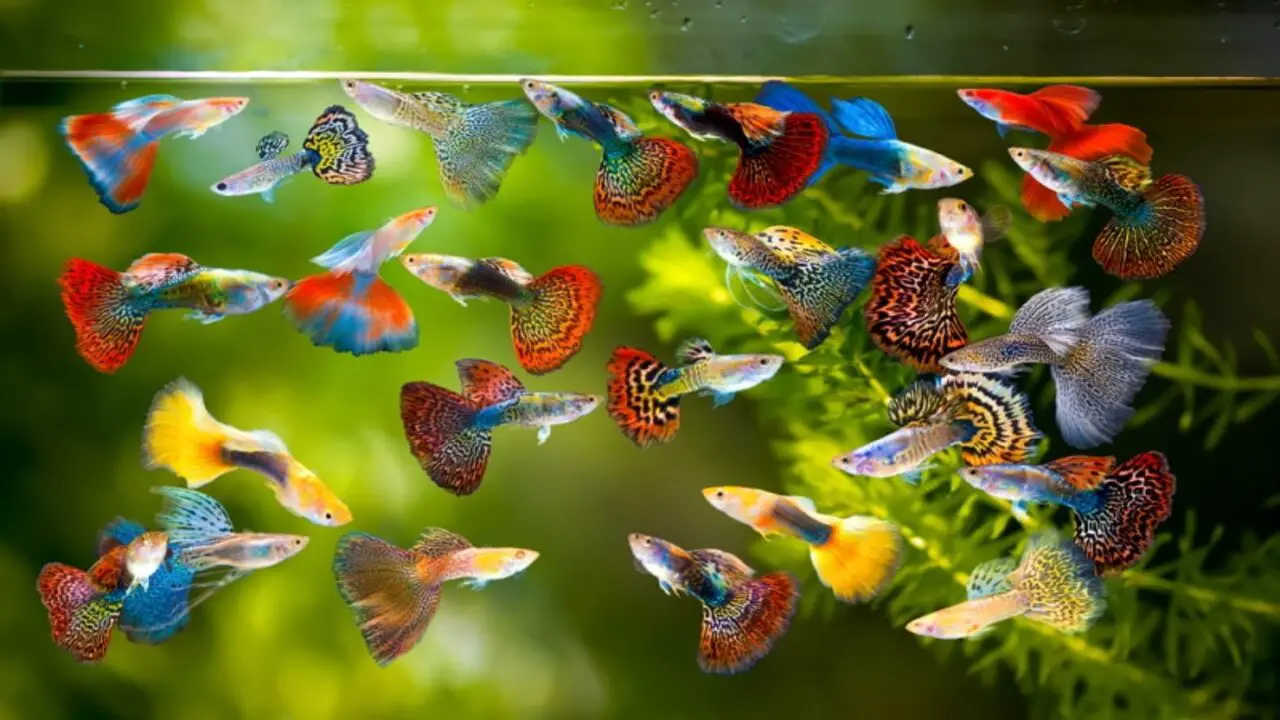
Swamp guppies are popular with aquarium enthusiasts due to their vibrant colors and active personalities. However, finding compatible tank mates for these fish can be a challenge. One option is to keep them with other peaceful community fish, such as neon tetras, cherry barbs, and plates.
Another option is to consider bottom-dwelling fish like corydoras or loaches, which can help keep the substrate clean. It’s important to note that swamp guppies are relatively small and may be intimidated by larger or more aggressive fish.
Therefore, avoiding keeping them with cichlids or other predatory species is best. Additionally, it’s crucial to ensure that the tank is large enough to accommodate all of the fish comfortably and that water parameters are consistent and suitable for all inhabitants. With careful planning and research, creating a thriving community tank with happy and healthy swamp guppies and their compatible tank mates is possible.
Breeding And Raising Baby Swamp Guppies
Breeding and raising baby swamp guppies can be a rewarding experience for fish enthusiasts. These tiny, colorful fish are easy to care for and can be bred in a small aquarium. The breeding process starts with selecting a male and female guppy with desirable traits, such as bright colors and good fin shape. Once the pair is selected, they should place in a breeding tank with plenty of hiding places for the female to give birth.
The female guppy can give birth to dozens of fry, which should separate from the adults to prevent them from being eaten. To raise the fry successfully, feeding them small amounts of high-quality food several times daily is essential. As the fry grows, it must be moved to a larger tank with a filtration system to keep the water clean. With proper care, the baby swamp guppies will grow into healthy adults and can be a vibrant addition to any community aquarium.
Tips For Maintaining A Healthy And Happy Swamp Guppy
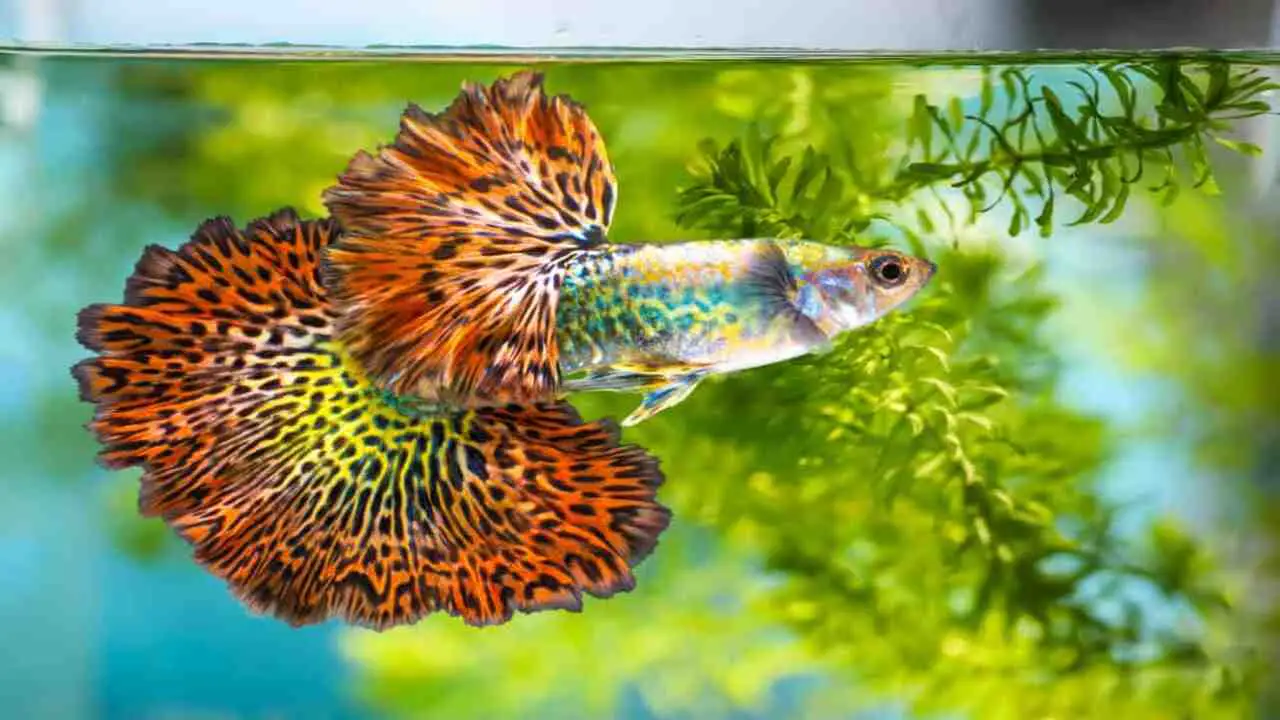
Swamp guppies are freshwater fish native to the swamps and marshes of South America. As a pet, swamp guppies are popular for their vibrant colors and playful nature. To maintain a healthy and happy swamp guppy, there are a few tips that you should keep in mind. First, ensure your aquarium is large enough to accommodate your fish comfortably.
A good rule of thumb is to have at least one gallon of water per inch of fish. Additionally, keep the water in your aquarium clean and well-filtered. This will help to prevent the buildup of harmful toxins that can lead to illness and disease.
Another critical aspect of maintaining a healthy and happy swamp guppy is to provide your fish with a varied and balanced diet. Swamp guppies are omnivorous and eat various foods, including flakes, pellets, and live or frozen foods such as brine shrimp or bloodworms.
Conclusion
So, if you’re ever in the swamps, don’t be afraid to dip with the swamp guppy. Despite their small size, these little fish pack a punch in their diversity and adaptability. They may not be as glamorous as their larger aquatic counterparts, but they know how to hold their own.
Though small, they are incredibly diverse, with different species of swamp guppies in different regions. This diversity is what makes them so interesting and exciting to observe. They have developed specialized adaptations that allow them to thrive in their unique environment. So next time you’re out exploring, keep an eye out for these tiny yet mighty swamp dwellers – you might just be surprised at what you find.
FAQs
How Big Do Swamp Guppies Grow?
Swamp guppies are small freshwater fish native to the southeastern United States. They are typically found in wetlands and swamps. They can grow to a size of 1.5 to 2 inches (3.8 to 5 cm) in length. The exact size and growth rate of swamp guppies can vary depending on the environmental factors and the specific strain of the guppy.
Can Swamp Guppies Survive In Freshwater?
Swamp guppies are fish that can adapt to and survive in freshwater and brackish water environments. They are native to wetlands and rivers in the southeastern United States but have been introduced to other areas of the world.
What Makes Swamp Guppies Unique?
Swamp guppies are unique because they can change sexes and self-fertilize, allowing them to reproduce without a mate. They can switch sexes based on their environment and reproduce asexually. This makes them unique among freshwater fish.
Are Swamp Guppies Endangered?
Swamp guppies are not endangered, but their habitats are threatened due to coastal development. Coastal development can displace swamp guppies from their traditional habitats, which can cause them to lose their habitat and food sources.
Why Are Swamp Guppies Important For Research?
Swamp guppies are essential to research for various reasons, including their ability to adapt to changing environments, mating systems, and susceptibility to infectious diseases. Their unique adaptations have allowed them to thrive in various habitats, and their reproductive strategies have helped them adapt to new conditions.

Aquarium passion is all about connecting with the aquatic life and providing education to the public on the importance of these creatures. We showcase a wide variety of marine life through our exhibits as well as working with schools to provide unique learning opportunities for students of all ages.

